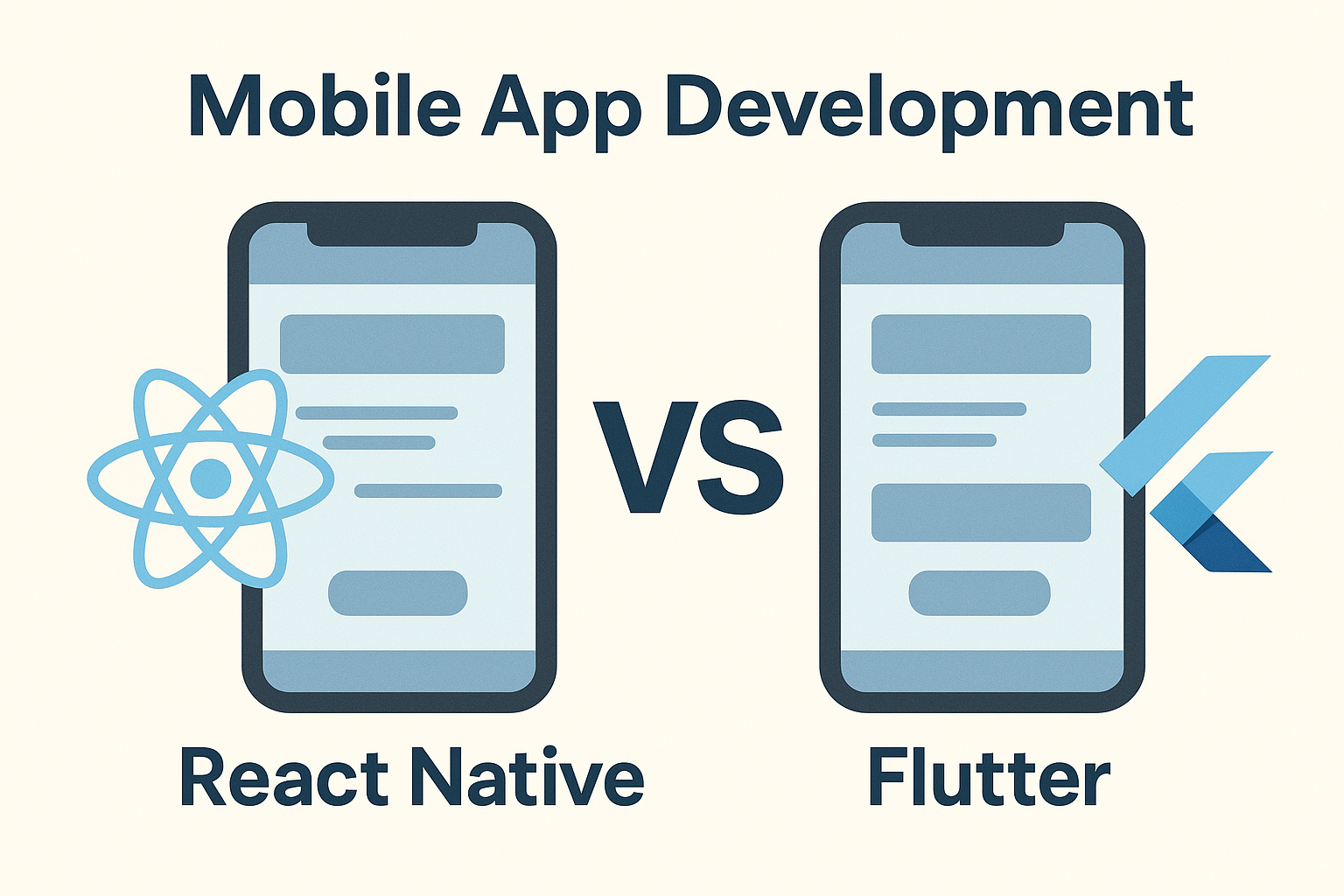Security is crucial for every successful web application today, and Bitnex Infotech follows best security practices to protect your app and website.
It protects both business and user data from a wide range of cyber threats. This guide outlines key best practices for web application security in 2025 that every developer and business owner should follow.
Understand and Address Major Threats
Cyber attacks constantly evolve. Familiarize yourself with major threat sources like the OWASP Top Ten, including injection attacks, broken authentication, insecure design, and security misconfigurations.
Continuously review these risks so defenses focus on the most critical vulnerabilities first (risk-based prioritization).
Enforce Robust Authentication and Authorization
Implement strong authentication such as multi-factor authentication (MFA) and secure session management (timeouts, device/IP awareness, and rotation).
Enforce least-privilege access controls so users can only access the data and features they are authorized for.
Validate and Sanitize All Inputs
Never trust user input. Apply contextual validation and strict sanitization at every boundary to prevent injection (SQL, command, XSS).
Use parameterized queries or prepared statements and validate inputs according to their expected format and context.
Enforce HTTPS and Encrypt Sensitive Data
Use HTTPS with modern TLS (v1.3+) across the entire application lifecycle to protect data in transit from eavesdropping and MITM attacks.
Encrypt sensitive data at rest and follow best practices for cryptographic key generation, storage, rotation, and access control.
Secure APIs and External Integrations
Protect APIs with strong authentication, authorization, and rate limiting. Validate all API inputs and enforce strict CORS policies.
Use trusted third-party components and regularly scan dependencies for vulnerabilities.
Prevent Security Misconfigurations
Regularly review application, infrastructure, and service configurations to avoid exposing unnecessary services, directories, or sensitive metadata.
Patch components frequently, disable unused features, and minimize the attack surface with secure defaults.
Test and Monitor Continuously
Adopt ongoing security testing: automated vulnerability scans, SAST/DAST, and manual penetration testing to discover weaknesses early.
Enable security monitoring, structured logging, alerting, and incident response to quickly detect and react to suspicious activity.
Secure Development Lifecycle
Embed security from the start using secure coding practices and frameworks with built-in protections.
Adopt DevSecOps to automate security checks in CI/CD (dependency scanning, IaC scanning, tests) for consistent, repeatable protection.
Use a Web Application Firewall (WAF)
Deploy a WAF to monitor, filter, and block malicious HTTP traffic. Prefer solutions with AI/ML capabilities to adapt to new and zero-day threats.
Tailor WAF policies to your application behavior and keep rules updated.
Adopt Industry Standards and Frameworks
Follow established frameworks and standards such as ISO 27001, NIST, CIS Controls, and OWASP ASVS to structure your security program.
Stay current with policy updates and perform regular audits to maintain strong security governance.
Conclusion
Following these best practices helps ensure your web applications remain secure, reliable, and trustworthy amid increasing digital risk.
Contact
For more information you can contact us at info@bitnexinfotech.com.




